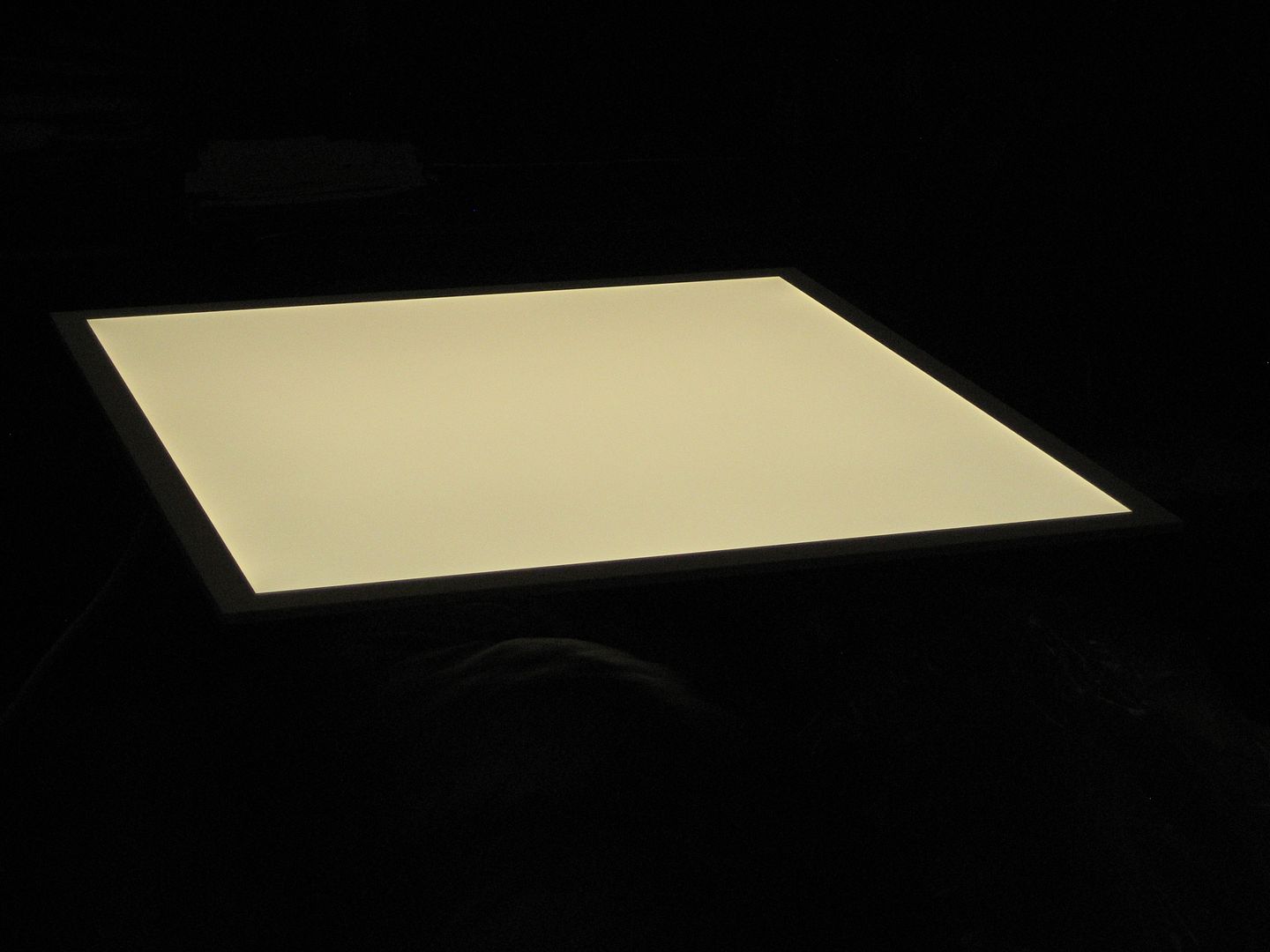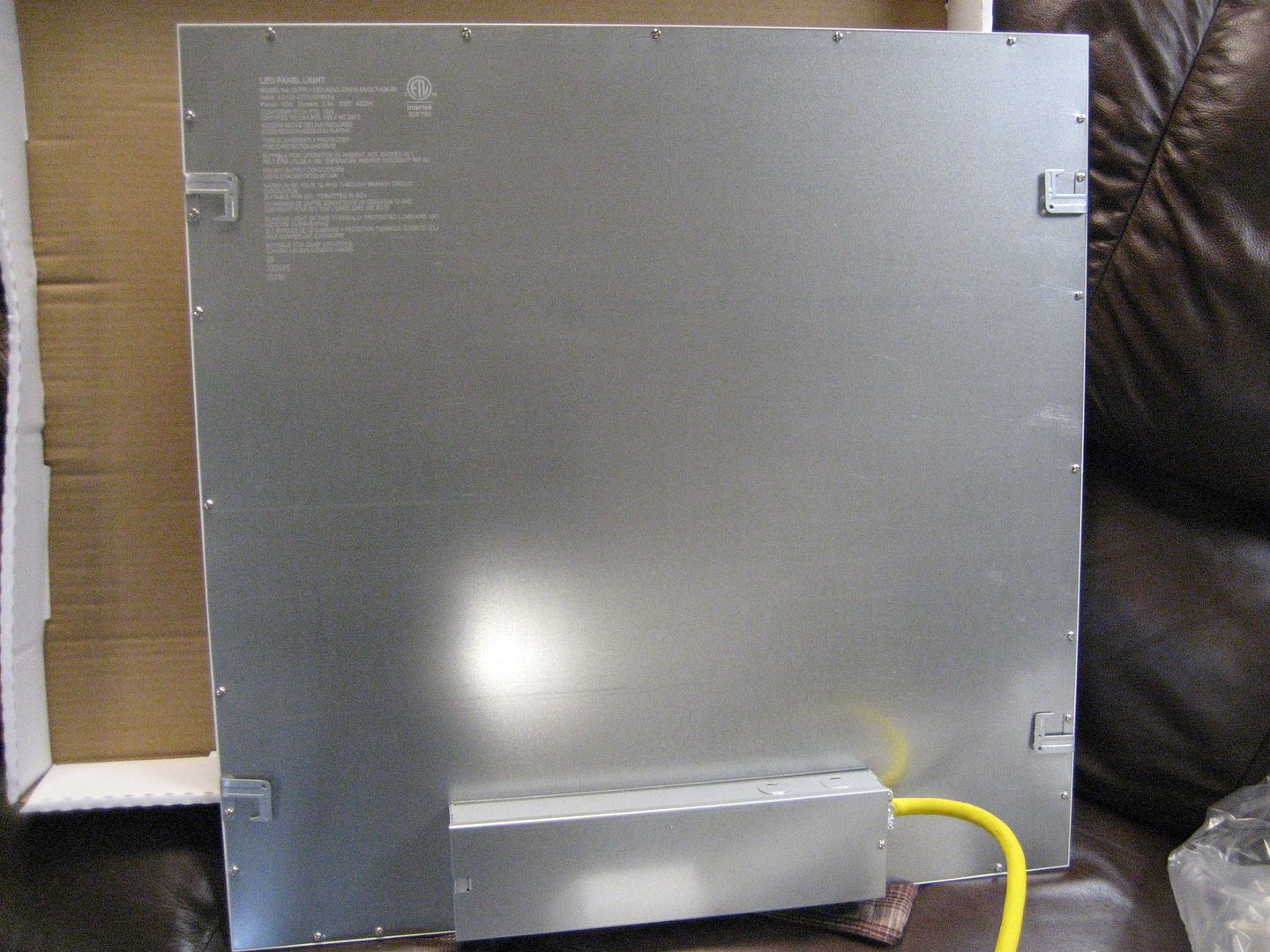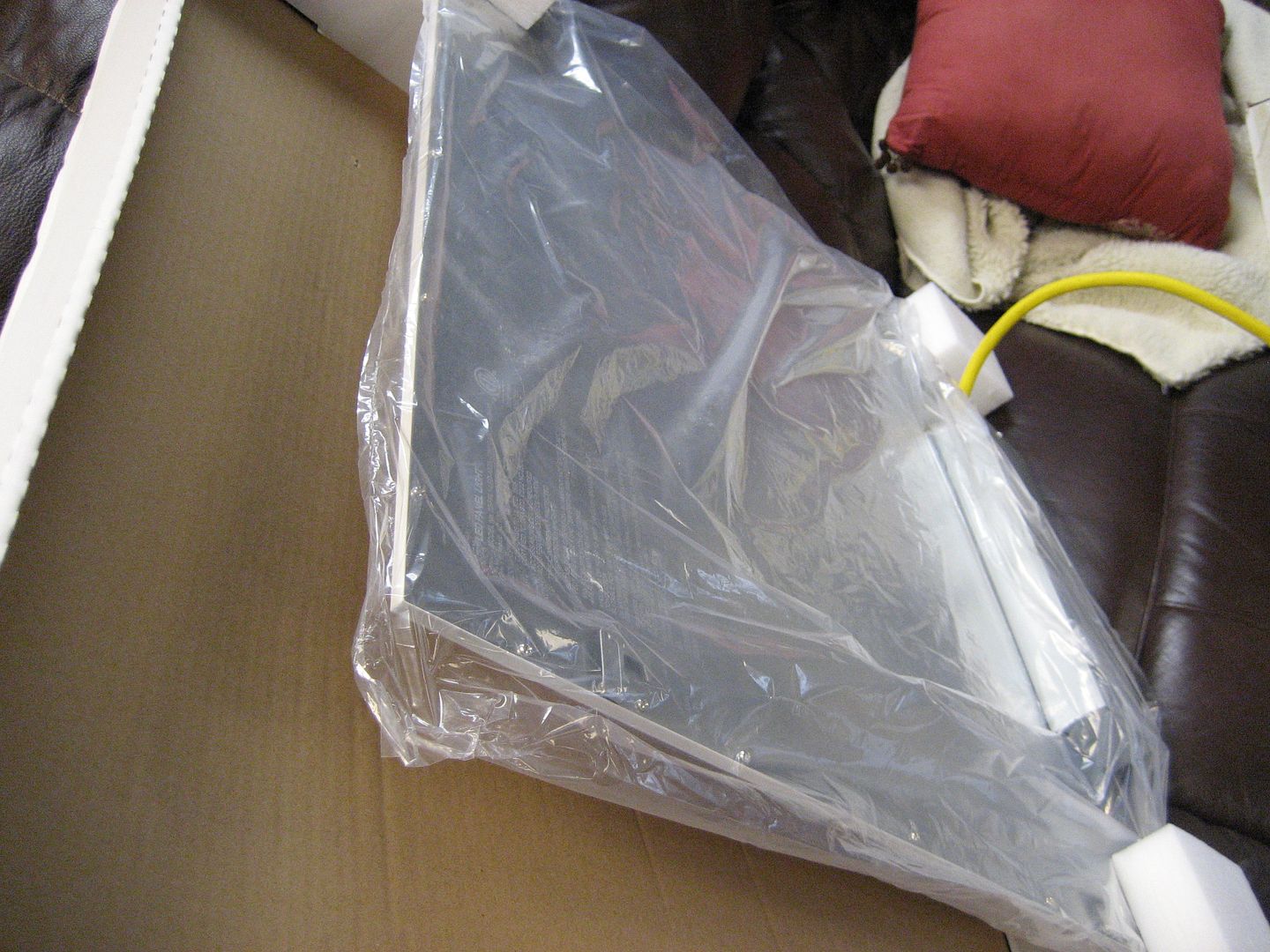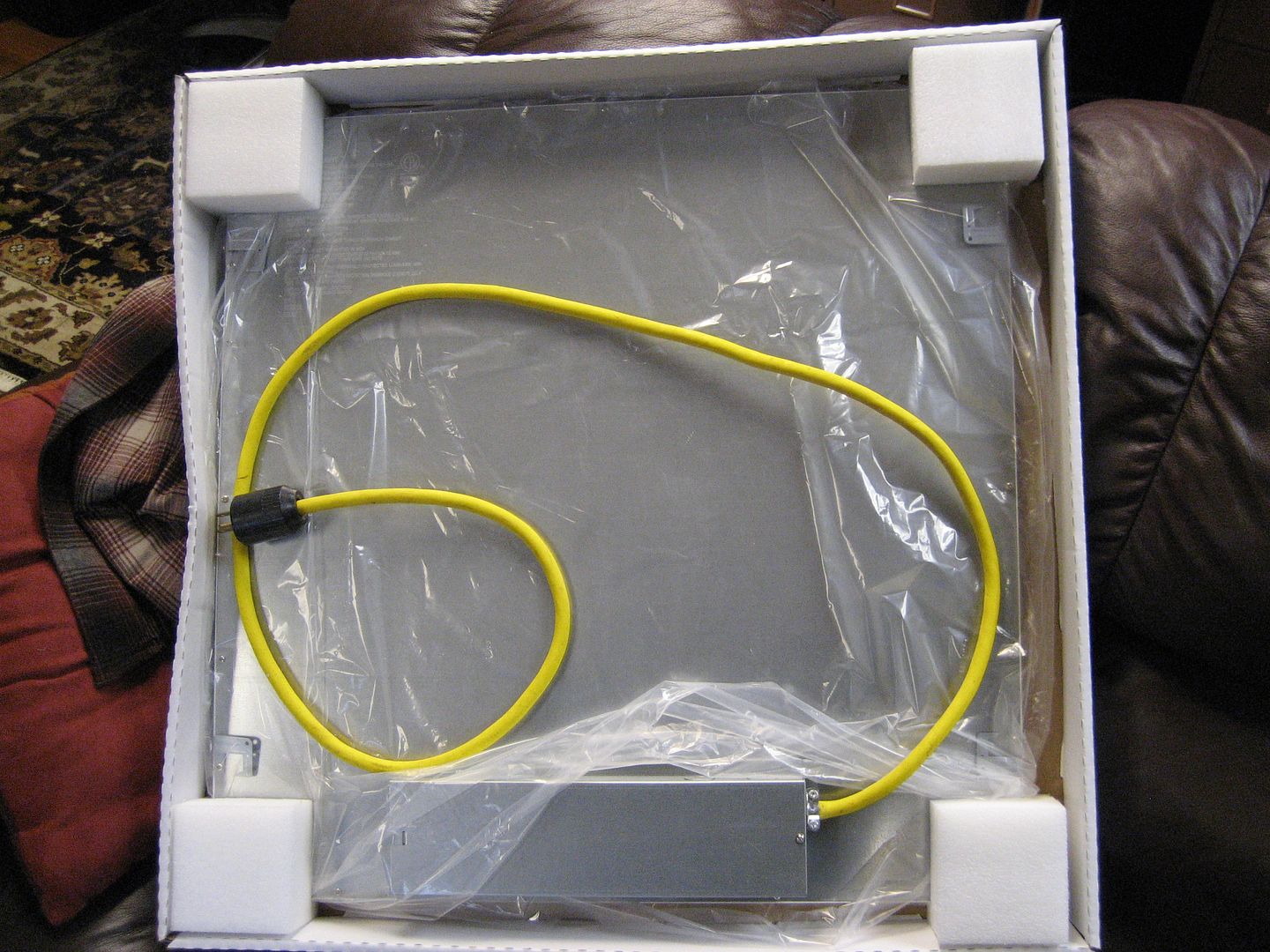The amount of energy used by equivalent LED lights is about 8 times less. That 75 watt incandescent flood lamp can be replaced with an LED that consumes about 10 watts. Huge savings. IMO. There is an assortment of lamps/lamp colors, most available from large displays at most big box stores. I recently replaced all the exterior lights at our Church with LED fixtures.
Note that LED fixtures/lamps and dimmers are a bit different and require additional research, IMO. Lamps are usually marked "dimmable" and would require an LED dimmer.
Downside to LED light fixtures. If and when they stop working, there is no repair/only replacement.
LED flat panels are an interesting advent of new design lighting. Usually these light panels are less than the thickness of standard acoustical ceiling grid, using a lot less energy, can easily be adapted to existing lighting power systems.
2 ft X 2 ft LED fixture.




Yellow cord was added. Other than checking wire connections in the driver box, lower part of the picture, there is no service or maintenance. If it works, you are probably good for 50,000 hrs. Doesn't work, requires a replacement fixture.
Quickly changing technology, we have been told, fixture styles and models were obsolete, when we attempted to replace fixtures that did not work, part of a new, in the box, light fixture order. 
Fixture pictured, is dimmable, but requires a low voltage dimming system, and additional wiring to the driver box, from the dimmer location. Marked on the box, 0 to 10 volt dimming.
Often with larger lighting installations, an architect/or lighting design consultant, needs to be involved.
Again, a quickly changing technology.










